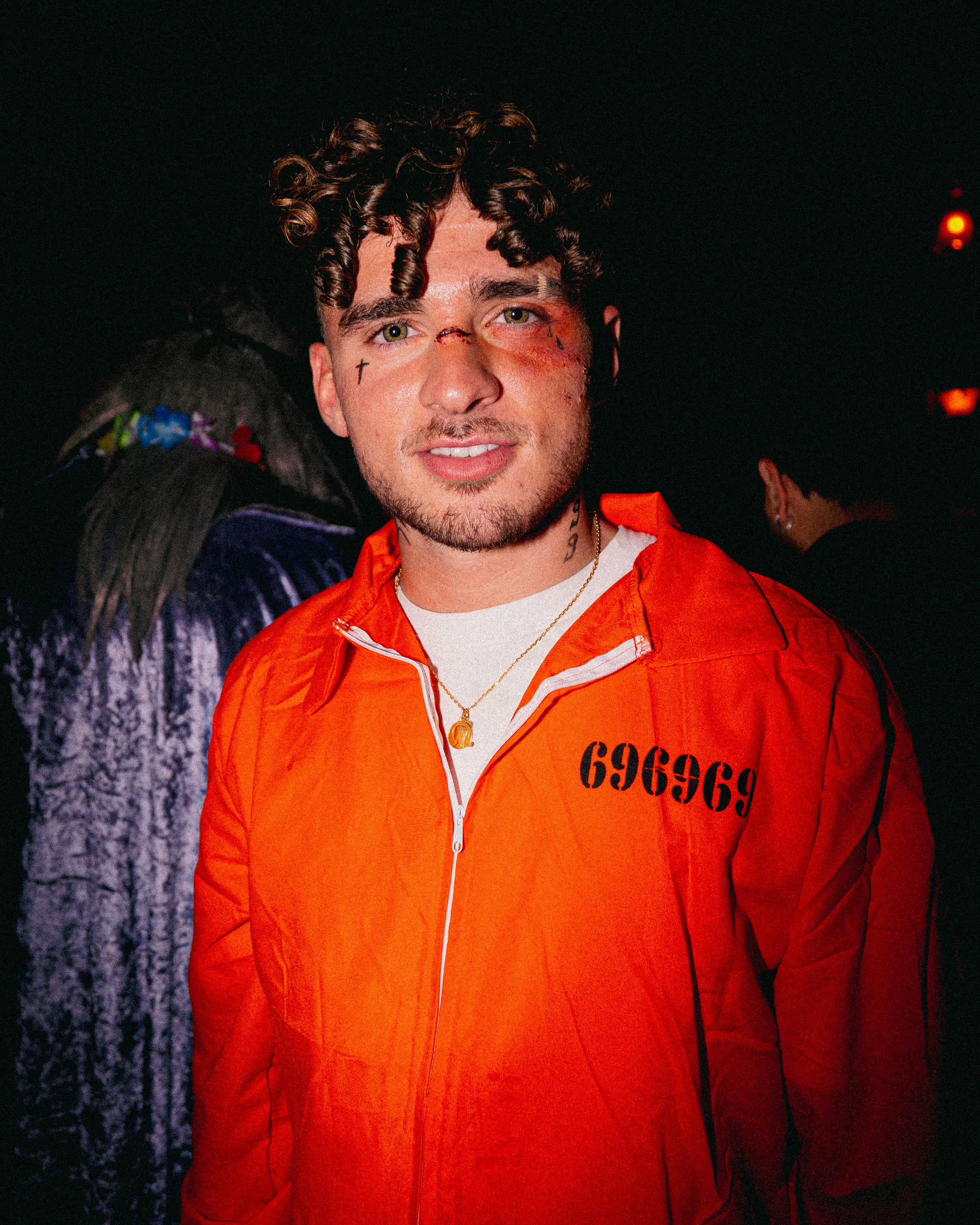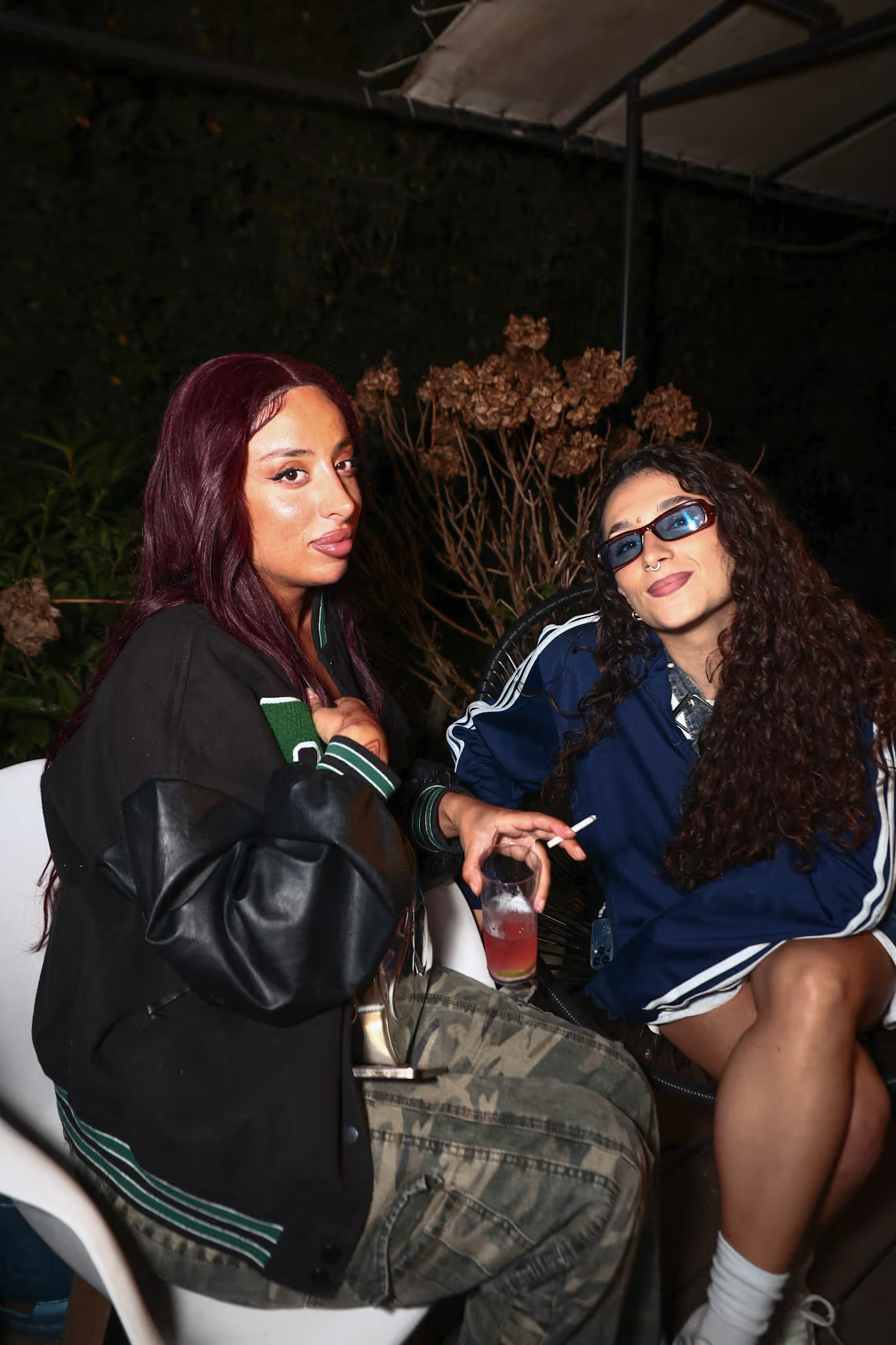Quelles différences entre les Reels d’Instagram et TikTok ?
Le format d'Instragram Reels sont très similaires aux TikToks : ce sont tous deux des formats vidéo courts qui incluent un défilement à l'infini et un algorithme adapté.
August 22, 2025

Début 2020, la popularité de TikTok a explosé. En effet, pendant le confinement, le réseau a offert un flux constant de vidéos courtes divertissantes et personnalisées en fonction des goûts de chaque utilisateur.
TikTok s’est d’abord imposé auprès de la Génération Z, puis s’est étendu à des tranches d’âge plus variées. En réponse à ce phénomène et pour contrer la concurrence, Instagram a lancé ses Reels en août 2020.
On peut donc légitimement se demander quelle est la différence entre les TikTok et les Reels ?
TikTok, Reels… définitions
Avant de nous lancer dans ce débat, commençons par reprendre les bases et comprendre le fonctionnement de chaque plateforme.
Qu’est-ce qu’un TikTok ?
TikTok est une application qui permet de partager des vidéos d'une durée maximale de 3 minutes. Les créateurs de contenu peuvent exploiter le vaste catalogue d'audios, de musiques, de filtres et d'effets de la plateforme pour créer des TikToks. Ces courtes vidéos sont assimilées à du « snack content », c’est-à-dire à du contenu consommable de façon instantanée. Les utilisateurs peuvent trouver n'importe quel type de format et de contenu vidéo sur la plateforme que ce soit du playback sur des chansons, des tutoriels, des critiques, des mêmes, des challenges…
Qu’est-ce qu’un Reel ?
Les Reels sont une fonctionnalité intégrée à Instagram. Les utilisateurs n'ont pas besoin de télécharger une nouvelle application pour en bénéficier. Ils ont été lancés pour concurrencer TikTok.
Les Reels permettent aux utilisateurs d'Instagram de créer des vidéos d'une durée maximale de 60 secondes qui peuvent être réalisées avec de la musique ou un son personnalisé et auxquelles sont appliqués des filtres et des effets. Les Reels peuvent être partagés sur le fil Explore en utilisant les bons hashtags, mais aussi sur le fil d'actualité, l'onglet dédié Reels et Instagram Stories.
Les Reels sont un format de contenu créatif simple à mettre en place. Si vous avez du mal à trouver des idées de posts Instagram, il vous suffit de suivre l’une des nombreuses tendances Instagram apparues avec les Reels. De plus, ce nouveau format est beaucoup mis en avant par Instagram et peut aider les créateurs à se développer en engageant de nouvelles audiences.
TikTok vs Reels : La comparaison
Maintenant que vous savez ce que sont les Reels d’Instagram et les TikTok, il est temps de comparer les deux pour découvrir quel réseau arrive le mieux à exploiter ce format de vidéo courte.
1. Reels vs TikTok : Les vues et l’engagement
Les statistiques du lancement des Reels ont révélé que le contenu vidéo court d'Instagram fonctionne. En effet, 61 % des utilisateurs de TikTok ont affirmé qu'ils utilisaient Reels et passaient plus de temps sur Instagram tant les fonctionnalités sont similaires. (D'après Tommy Walters, directeur de la recherche de la société Whistle, spécialisée dans le contenu sur les réseaux sociaux).
En outre, en moyenne, les deux plateformes affichent à peu près le même nombre de vues sur les vidéos, 1,2 million pour les Reels et 1,92 million pour TikTok. Cependant avec en moyenne plus de 200 000 likes et 2 000 commentaires pour TikTok, contre 100 000 likes et 800 commentaires pour Reels, c’est TikTok qui génère le plus d’engagement.
2. Reels vs TikTok : Le contenu vidéo
Les Reels et TikTok ont tous deux commencé par des vidéos de 15 secondes avant d'allonger la durée de leur contenu. À l'heure où nous écrivons ces lignes, TikTok propose à ses utilisateurs des vidéos de 3 minutes, contre une minute pour les Reels. Récemment, TikTok a également ajouté une fonctionnalité de défilement à certaines de ses vidéos permettant ainsi aux utilisateurs de sauter des parties d'un TikTok.
De plus, le style du contenu vidéo diffère sur chaque plateforme. Sur Instagram, le ton est plus lisse et les vidéos d’une qualité plus professionnelle. TikTok se prête à un contenu plus spontané et authentique.
3. Reels vs TikTok : L’audio
TikTok dispose d'une grande bibliothèque de sons, qui inclut entre autres de la musique tendance. Les utilisateurs peuvent aussi créer leurs propres sons. Ces sons deviennent d’ailleurs souvent de nouvelles tendances et ont aidé des artistes indépendants à se frayer un chemin dans les charts. Les tendances musicales et audio sur TikTok sont l'un des moyens les plus rapides de gagner de la viralité.
Si les Reels disposent d'une large gamme d’audios, la plupart sont importés de TikTok. En effet, Instagram n'étant pas une plateforme musicale, mais une plateforme de partage des œuvres originales d’artistes, elle est soumise à des restrictions plus strictes en matière de droits d’auteur.
4. Reels vs TikTok :L’édition dans l'application
TikTok offre un large éventail de possibilités d'édition. De nombreuses tendances TikTok découlent d'effets vidéo spécifiques. C’est pourquoi la plateforme a récemment lancé un nouveau TikTok Effect Studio qui donne aux utilisateurs les outils nécessaires pour créer leurs propres effets de réalité augmentée.
Instagram ne propose aux utilisateurs que des filtres utilisés dans les Instagram Stories. De plus, dans les Reels, les utilisateurs ne peuvent choisir qu'un seul filtre par vidéo, tandis que sur TikTok, il est possible d’en utiliser plusieurs dans la même vidéo.
TikTok offre également des capacités d'édition plus importantes que Reels, notamment la possibilité de créer une voix off.
5. Reels vs TikTok : Les analyses
Instagram a un algorithme assez délicat à comprendre. On ne sait toujours pas comment fonctionne l'algorithme des Reels. Il est probable que l'utilisation des hashtags les plus populaires de la plateforme puisse aider les créateurs à se faire connaître.
L'attrait principal de TikTok est qu'il est facile de créer une vidéo virale, car toutes les vidéos ont une chance de figurer sur la page « For you » grâce à son algorithme. TikTok offre également des analyses approfondies à ses créateurs et aux marques pour les aider à comprendre leur public et la manière la plus appropriée de le cibler.
6. Reels vs TikTok : La publicité
Outre les partenariats avec des influenceurs sur TikTok, il existe d’autres moyens pour les marques de faire de la publicité sur la plateforme. Le plus courant est la publicité dans le fil « For You » mais la plateforme propose diverses fonctionnalités publicitaires comme :
- Brand Take Over
- Top-View
- Hashtag Challenge
- Effets sponsorisés
La publicité sur Instagram est alimentée par Facebook. Les publicités des Reels s'affichent en plein écran et apparaissent dans l'onglet Reels, sur la page Explore et nativement dans le flux.
Conclusion : les Reels d’Instagram vont-ils remplacer TikTok ?
Le format d'Instragram Reels est très similaire aux TikToks : ce sont tous deux des formats vidéo courts qui incluent un défilement à l'infini et un algorithme adapté. La démographie d'Instagram étant également très proche de celle de TikTok, les deux sont de féroces concurrents.
Toutefois, bien qu'il ait été démontré que les Reels améliorent la croissance d'Instagram, TikTok reste l'application la plus téléchargée depuis plus d'un an. Si les Reels sont très populaires auprès des utilisateurs d’Instagram, ceux-ci ne se connecteront pas d’instinct à Instagram pour visionner des courtes vidéos. Aussi, TikTok reste leader dans son domaine et Instagram dans le sien.








.avif)




